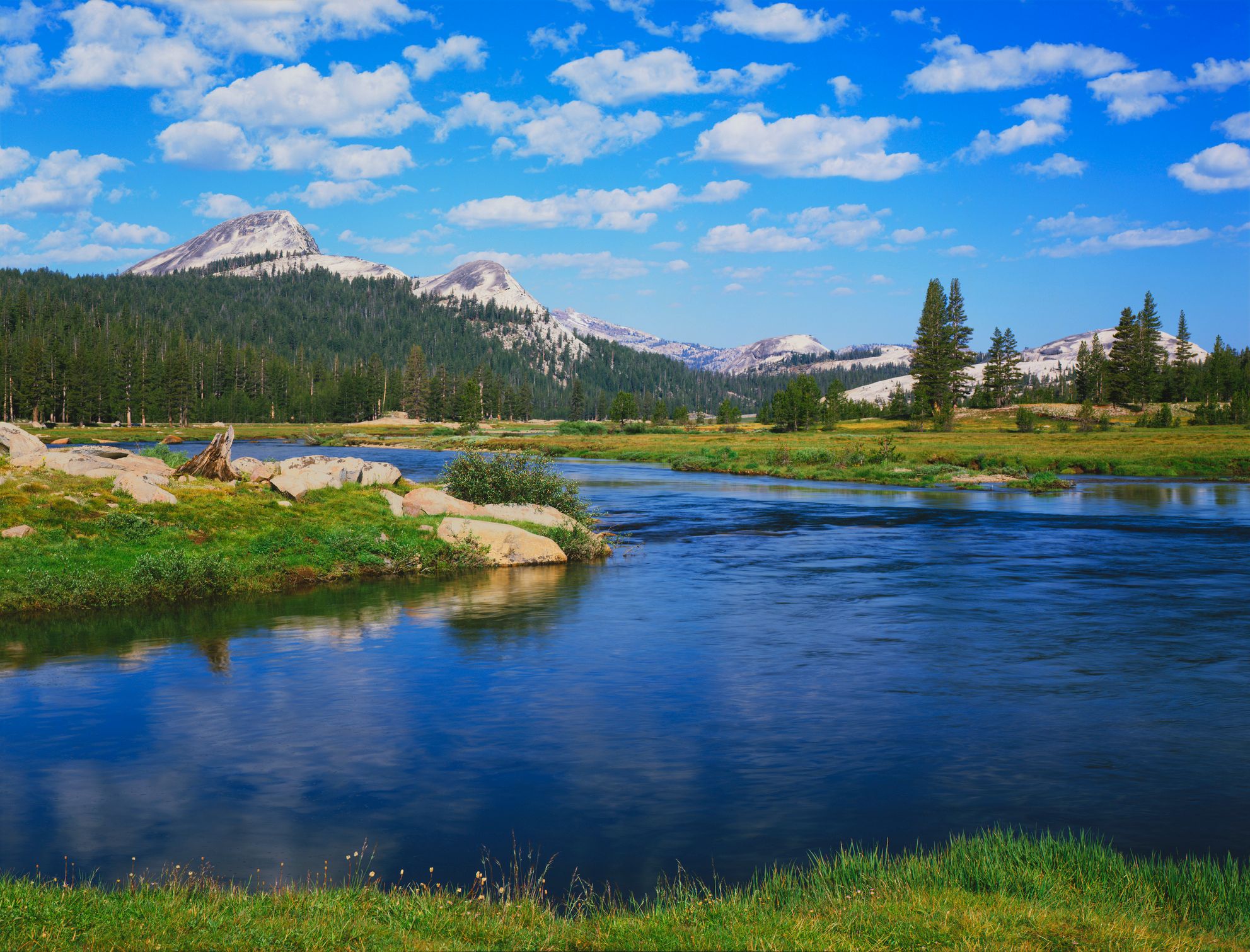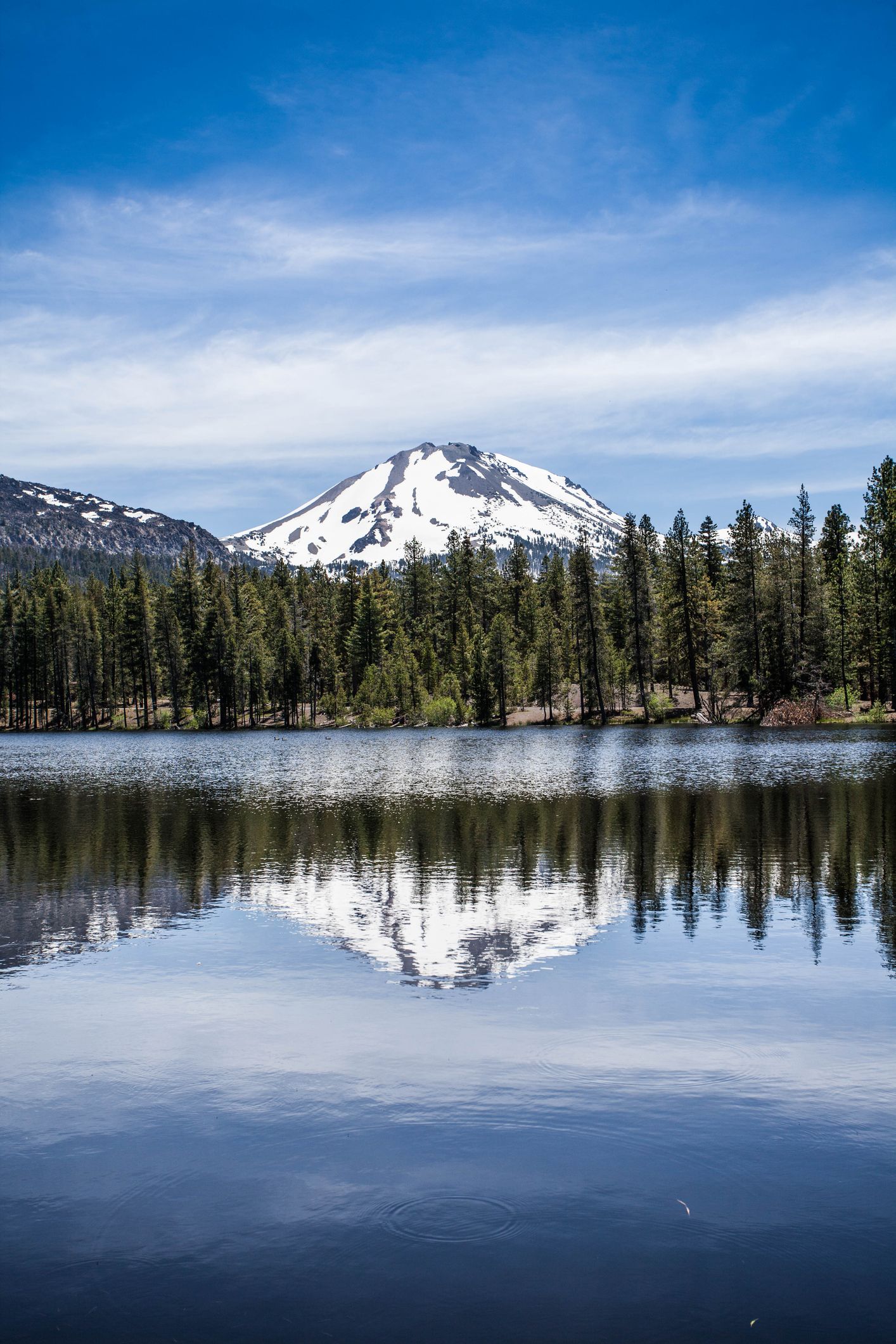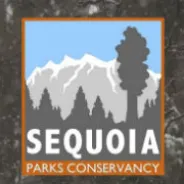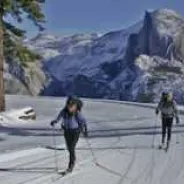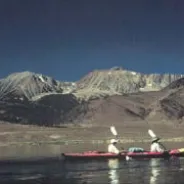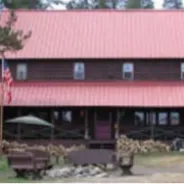Stop 1
Sequoia & Kings Canyon National Parks
47050 Generals Highway, Three RiversFamous for their giant sequoias, soaring mountains, deep canyons, and roaring rivers, this tandem set of parks have plenty to see, even though they are less well known than Yosemite, roughly 75 miles/120 kilometers north. Within the borders of Sequoia & Kings Canyon are Mount Whitney, the highest point in the contiguous United States at 14,494 feet/4,417 meters, and the Kings River Canyon, one of the deepest canyons in North America. Still, the parks—as well as adjacent Giant Sequoia National Monument and national forest lands—are most revered for their super-size sequoias. Thanks to the General Sherman Tree, the world’s largest living thing, and its gargantuan neighbors, gawking at the big trees is the most popular activity here. The General Sherman Tree measures 103/31-meters around, and soars 275 feet/84 meters into the blue Sierra sky—and it’s still growing. Every year it adds enough wood to make another 60-foot/18-meter-tall tree. Still can’t grasp the size? One branch of the General Sherman is so big—almost 7 feet/2 meters in diameter—that it’s larger than most trees east of the Mississippi River.
Not surprisingly, General Sherman attracts a crowd, which is why the park runs free summer shuttle buses to two separate stops, one above and one below this amazing tree. Many visitors get off at the upper stop and walk one-way downhill to the lower stop, passing the General Sherman along the way. That’s fine for a quick trip, but there’s much more to do here. Get an even bigger dose of sequoia awesomeness by hiking the adjacent Congress Trail, a 2-mile/3-km loop that travels through dozens of sequoias with diameters the size of your living room. The House and Senate groves, two more sequoia clusters near the end of the loop trail, are the most impressive, but another standout is the Washington Tree, which was long considered the world’s second largest tree.
Winter snows significantly limit access in the parks; check the website in advance for details.
To return to Los Angeles, head south for roughly 3½ hours due south. San Francisco is roughly 4 hours northwest.






